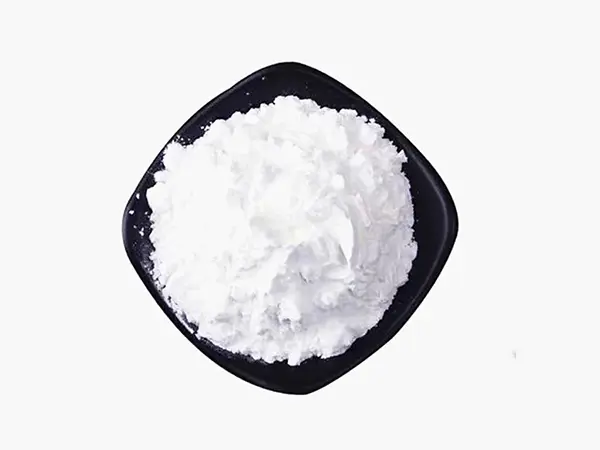When you think of titanium dioxide, you might picture it as an ingredient in sunscreen or paint. However, this versatile compound is also used in the food industry, especially in products such as jelly and chewing gum. But what exactly is titanium dioxide? Should you be concerned about the presence of titanium dioxide in your food?
Titanium dioxide, also known as TiO2, is a natural mineral commonly used as a whitening agent and color additive in a variety of consumer products, including food. In the food industry, titanium dioxide is primarily used to enhance the appearance and texture of certain products, such as jelly and chewing gum. It is valued for its ability to create a bright white color and a smooth, creamy texture, making it a popular choice for manufacturers looking to enhance the visual appeal of their food products.
However, the use of titanium dioxide in food has sparked some controversy and raised concerns among consumers and health experts. One of the main reasons is the potential health risk of ingesting titanium dioxide nanoparticles, which are tiny particles of chemical compounds that can be absorbed by the body.
While the safety of titanium dioxide in food remains a topic of debate, some studies suggest that consuming titanium dioxide nanoparticles may have adverse effects on human health. For example, studies have shown that these nanoparticles can cause intestinal inflammation and disrupt the balance of beneficial bacteria, potentially leading to digestive issues and other health issues.
In response to these concerns, some countries have implemented restrictions on the use of titanium dioxide in food. For example, the European Union has classified titanium dioxide as a potential carcinogen when inhaled, thus banning its use as a food additive. However, the ban does not apply to the use of titanium dioxide in ingested foods, such as jelly and chewing gum.
Despite the controversy surrounding titanium dioxide in food, it’s worth noting that the compound is generally recognized as safe (GRAS) by the U.S. Food and Drug Administration (FDA) when used in accordance with good manufacturing practices. Manufacturers must adhere to strict guidelines regarding the use of titanium dioxide in food, including limits on the amount added to products and the particle size of the compound.
So, what does this mean for consumers? While the safety of titanium dioxide in food is still being studied, it’s important to be aware of the products you consume and make smart choices about your diet. If you are concerned about the presence of titanium dioxide in certain foods, consider choosing products that do not contain this additive or consult a health care professional for guidance.
In summary, titanium dioxide is a common ingredient in foods such as jellies and chewing gum, valued for its ability to enhance the appearance and texture of these foods. However, potential health risks associated with consuming titanium dioxide nanoparticles have raised concerns among consumers and health experts. As research continues on this topic, it is important for consumers to stay informed and make informed decisions about the foods they consume. Whether you choose to avoid products containing titanium dioxide or not, understanding the presence of titanium dioxide in your food is the first step to taking control of your health and well-being.
Post time: May-13-2024


